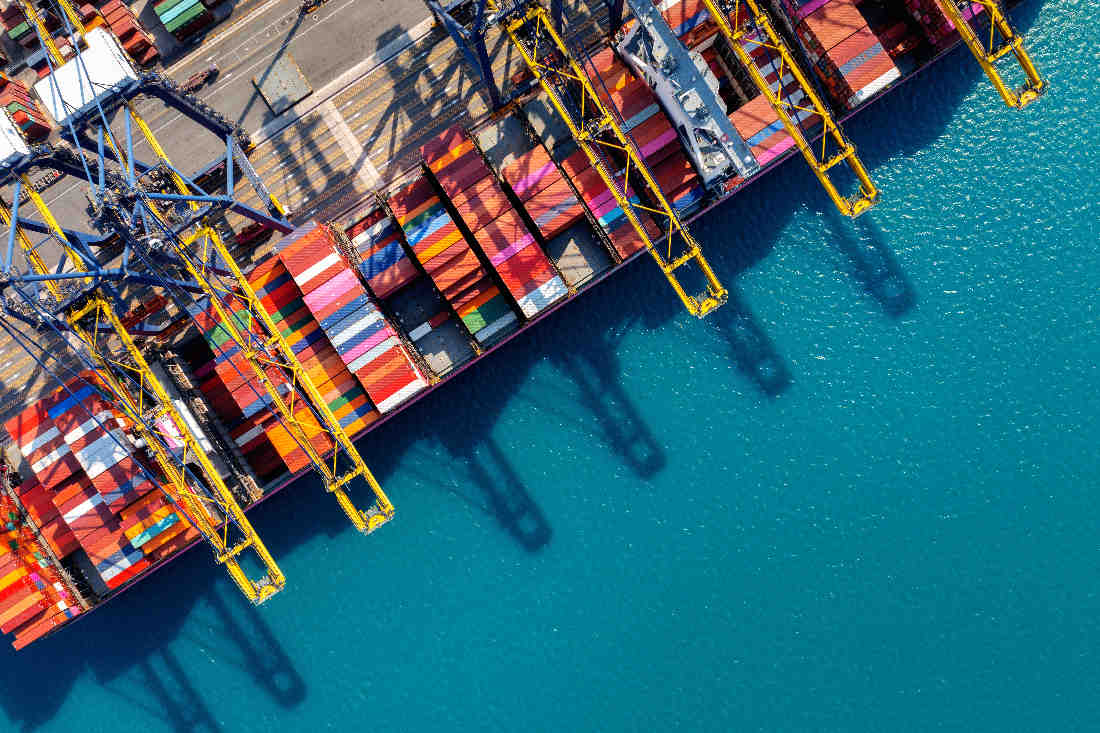What are Dangerous Goods?
Dangerous goods, sometimes referred to as hazmat, or hazardous materials, are defined as those that have the potential to cause harm or damage to people, animals, property, or the environment. Regulations for dangerous goods cover their use, storage, and shipping.
What are the Nine Categories of Dangerous Goods?
The UN Model Regulations use a classification system in which each dangerous substance is assigned to a class, depending on the nature of the danger it presents. There are 9 Classes, some of which are subdivided. These are:
Class 1. Explosives
Class 2. Gases
Class 3. Flammable Liquids
Class 4. Flammable Solids, including substances liable to spontaneous combustion, substances which when in contact with water, emit flammable gases
Class 5. Oxidising Substances and Organic Peroxides
Class 6. Toxic and Infectious Substances
Class 7. Radioactive Materials
Class 8. Corrosives
Class 9. Miscellaneous Dangerous Substances and Articles, including Environmentally Hazardous Substances
Who are the Regulatory Bodies for Shipping Dangerous Goods?
In terms of the shipping of dangerous goods, there are individual authorities for each mode of transport. These authorities focus on the unique challenges and dangers that their mode of transport presents.
Air – when shipping dangerous goods by air, the regulatory body is the International Civil Aviation Organisation (ICAO). Regulations, supported by 193 national governments, are laid down in Annex 18, which deals with the “Safe Transport of Dangerous Goods by Air”. Shippers also commonly refer to the International Air Transport Association (IATA) dangerous goods regulations when using aviation to transport freight.
Road and Rail – When shipping dangerous goods by land, the regulatory body is the ADR. The Agreement concerning the International Carriage of Dangerous Goods by Road (ADR) was signed in Geneva on 30 September 1957 under the auspices of the United Nations Economic Commission for Europe, and it entered into force on 29 January 1968. The ADR was last amended in 2017.
Sea – The shipping of dangerous goods by sea is governed by the International Maritime Dangerous Goods (IMDG) Code. In the UK, the Maritime and Coastguard Agency also provide guidance on transporting dangerous goods by sea.
What is Required when Shipping Dangerous Goods?
Whilst each of the regulatory authorities have specific guides, based on the unique risks of their method of transportation, they contain broadly similar categories. This aims to assist multi-mode logistics, involving a combination of road, rail, air, or sea voyage. The common categories include:
Applicability: This covers the definitions of dangerous goods, responsibilities of shippers, the requirements for formal training, and requirements for incident and accident reporting.
Limitations of Goods: This includes any illegal, forbidden, or hidden dangerous goods, as well as limitations on quantities. It also covers specific country or operator variances to the basic rules.
Classification of Goods: The classification section details each of the nine hazard classes, and any subsections within them.
Identification: This section covers how to identify a substance. The ‘blue pages’, of the IATA dangerous goods regulation, provide some of the most important information in this area.
Packing: The packing section covers how each specific dangerous material, or substance, should be packaged and shipped, including any limits or requirements for the specific mode of transport. Together with the identification section, these provide some of the most important information to a shipper.
Packaging Specifications and Performance Tests: Further to the packing of dangerous goods, it is vital that the packaging materials used meet the required regulations. The packaging specification and performance test section, lists all the UN packing codes for each approved packaging type, and the requirements for that package.
Marking and Labelling: The marking and labelling section covers all aspects of packaging marking, including how to affix hazard labels, over-packing dangerous goods, and how to ensure important information is readily available.
Documentation: This section covers the necessary paperwork that must be sent alongside packaging containing dangerous goods, such as shippers’ declarations, and dangerous goods notes.
How can we help?
There are rightly a lot of regulations when it comes to shipping dangerous goods, and the topic can seem daunting at first. Many businesses choose to use freight companies with specific knowledge and experience in this area. Whether your shipping needs include air, road, rail, or sea, we have a wealth of experience in the area of shipping dangerous goods. To find out more about how we can help, please get in touch. We look forward to hearing from you.
